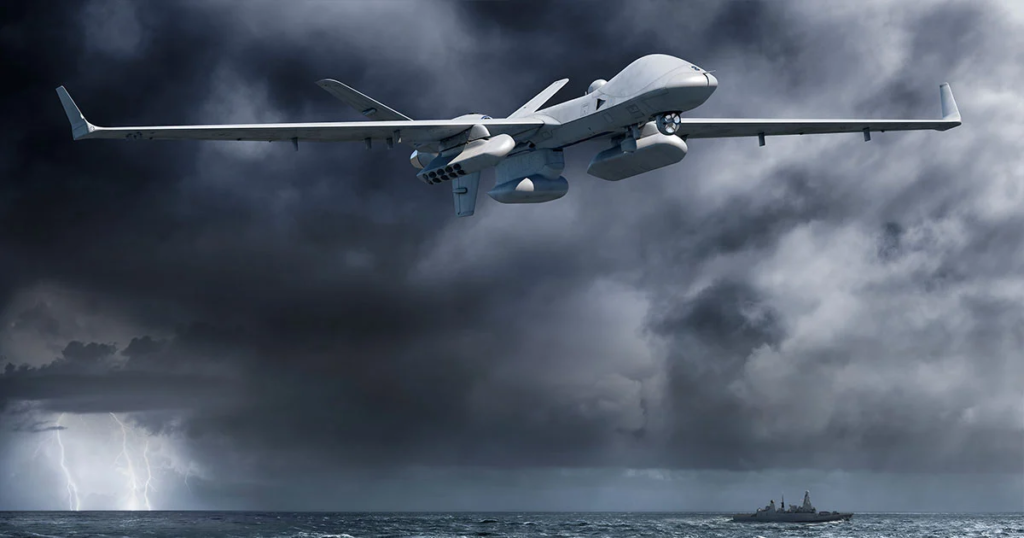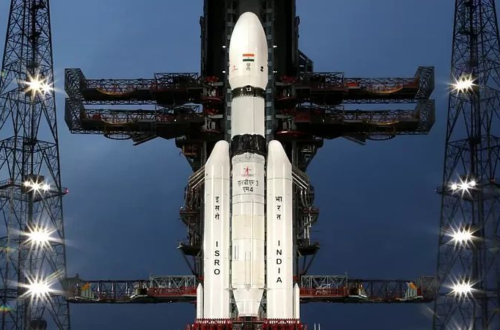India has recognized the growing strategic need for armed reconnaissance drones. DRDO has started developing a High Altitude Long Endurance (HALE) UAV. This new DRDO HALE program aims to match the performance of the MQ-9B UAVs India is acquiring from the United States.
India will receive 31 MQ-9B drones, including SkyGuardian and SeaGuardian variants. The Indian Navy will get 15 drones, the Air Force and Army will receive 8 each. However, this number does not meet the full operational demand of Indian forces. Therefore, DRDO initiated its indigenous DRDO HALE drone program.

DRDO HALE to Deliver Indigenous Strength with Modern Technology
DRDO has selected a proven turboprop engine for the project. The engine is a TPE331-10 rated at 940 HP. Indian industry already assembles this engine type for Dornier DO-228 and HTT-40 aircraft. The UAV will have six underwing hardpoints with a 2,000 kg total payload capacity. It will carry missiles and precision-guided bombs for strike missions.
Indian forces require high-altitude operation and long endurance. DRDO designed the drone to cruise at 35,000 feet and fly for 24 hours continuously. The aircraft’s maximum takeoff weight will range between 4,800 to 5,700 kilograms. Its range will exceed 1,000 kilometers in a single mission.
Technical Design Choices Enhance Endurance and Payload
DRDO is currently evaluating two aerodynamic configurations. The first features a Swept-Edge-Twin-Boom (SETB) layout. It provides superior lateral stability, easier sensor integration, and better maintenance access. The second uses a Y-tail configuration, known for reducing radar cross-section and drag. Both configurations include upward winglets to enhance lift and stability at high altitudes.
These aerodynamic choices directly support better loiter time and higher fuel efficiency. Engineers are focusing on low-drag fuselage shaping and optimized wing-loading. The UAV will operate well in diverse weather and contested zones.
Advanced Avionics Ensure Tactical Dominance
The drone will integrate a triple-redundant flight control system. It will use Line-of-Sight (LOS) data links and include SATCOM links with backup channels. Mission flexibility will increase with a modular payload bay.

The sensor suite includes EO/IR, Synthetic Aperture Radar (SAR), and Maritime Patrol Radar (MPAR). Additional systems include Identification Friend or Foe (IFF), Traffic Collision Avoidance System (TCAS), ADS-B, Software Defined Radios (SDR), Automatic Identification System (AIS), Radar Warning Receivers (RWR), Electronic Support Measures (ESM), ELINT, and COMMINT.
Strike Capabilities Transform Drone into Battle Asset
The HALE UAV will act as a full-fledged ISTAR (Intelligence, Surveillance, Target Acquisition, and Reconnaissance) platform. It will also serve as a communication relay node for field forces. Weapon integration will support Smart Laser-Guided Bombs (SLGB), Joint Direct Attack Munitions (JDAM), Anti-Ship Missiles (ASM), Incendiary Bombs (IB), and Long-Range Anti-Ship Missiles (LRASM).
Its dual role as a surveillance and strike platform will bring unmatched operational flexibility. It will support independent missions or work as part of joint operations.
Global Collaboration and Project Timeline
General Atomics, the maker of MQ-9B, will advise DRDO on five key technologies. This includes sensor integration, SATCOM security, aerostructure optimization, ground control systems, and weapons interface. Project Definition Completion (PDC) is expected by December 2025.
This collaboration ensures DRDO receives critical support while maintaining indigenous ownership of core systems.
Overall, DRDO is moving with the HALE UAV program in right direction. It will empower India with autonomous surveillance and strike capabilities. With strategic backing and technical depth, DRDO HALE is set to become the backbone of India’s drone warfare strategy.





I have a feeling that aircrafts will not be that relevant in near future, maybe after 2035 onwards.
This is best time for new defence enthusiasts to join. India is developing and maturing cutting edge technologies at an exciting pace. Only few states have such technologies. We will be gaining edge in very near future.
these tactical weapon systems being developed by experts of DRDO very fast, needs appreciation by all indians but the manufacturing should be lined up with only renowned private sectors who are capable to deliver the system in fastest possible time unlike our Tejas fighter jets and helicopters which took years beyond imagination as today it is different India which seems ready to run against time keeping urgent security as priority of the country in mind.